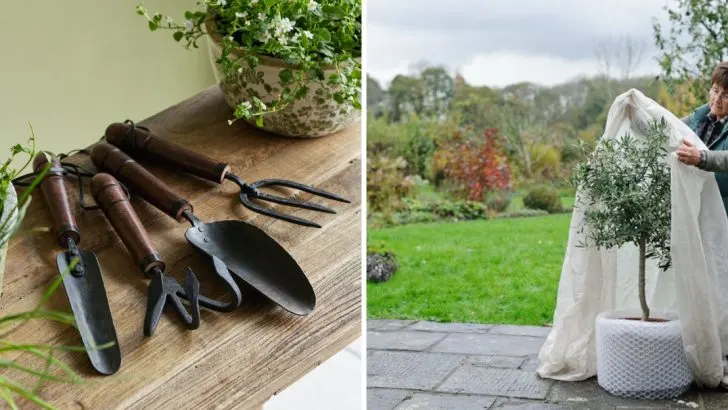January may be a chilly month for many gardeners, but it’s the perfect time to prepare for a flourishing year ahead. Whether you’re tending to indoor plants, caring for your garden beds, or planning for spring planting, there are essential tasks that can set the foundation for a thriving garden.
This checklist will guide you through the top 10 must-do gardening tasks to tackle in January. From pruning and protecting plants to organizing seeds and cleaning tools, these proactive steps will ensure your garden is ready to bloom beautifully in the coming months. Let’s get started!
Check and Clean Your Tools
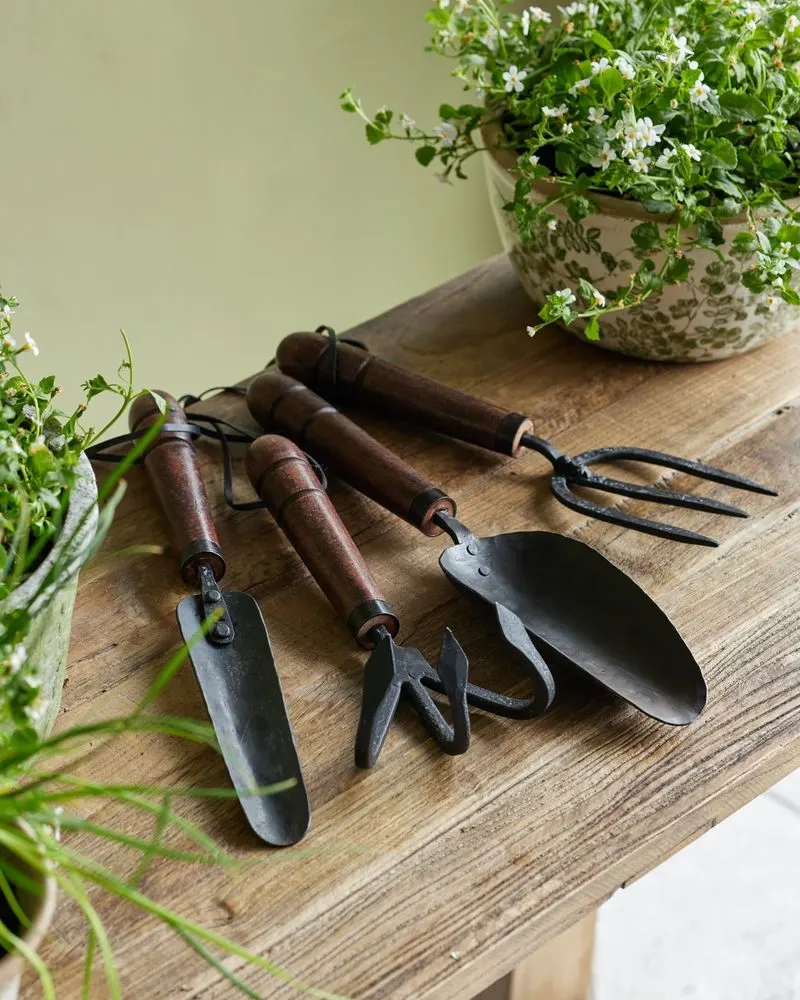
Gardening tools often go overlooked but are crucial for a healthy garden. During January’s downtime, take the opportunity to clean and repair them. Remove any rust and sharpen blades to ensure they’re in perfect working order. Proper maintenance prolongs their lifespan and enhances their performance.
Organize your tools in a shed or garage, making them easily accessible. Consider labeling or color-coding them for quick identification. Not only does this step save time, but it also prepares you for the busy months ahead. Engaging in this task can be surprisingly satisfying.
Plan Your Spring Garden
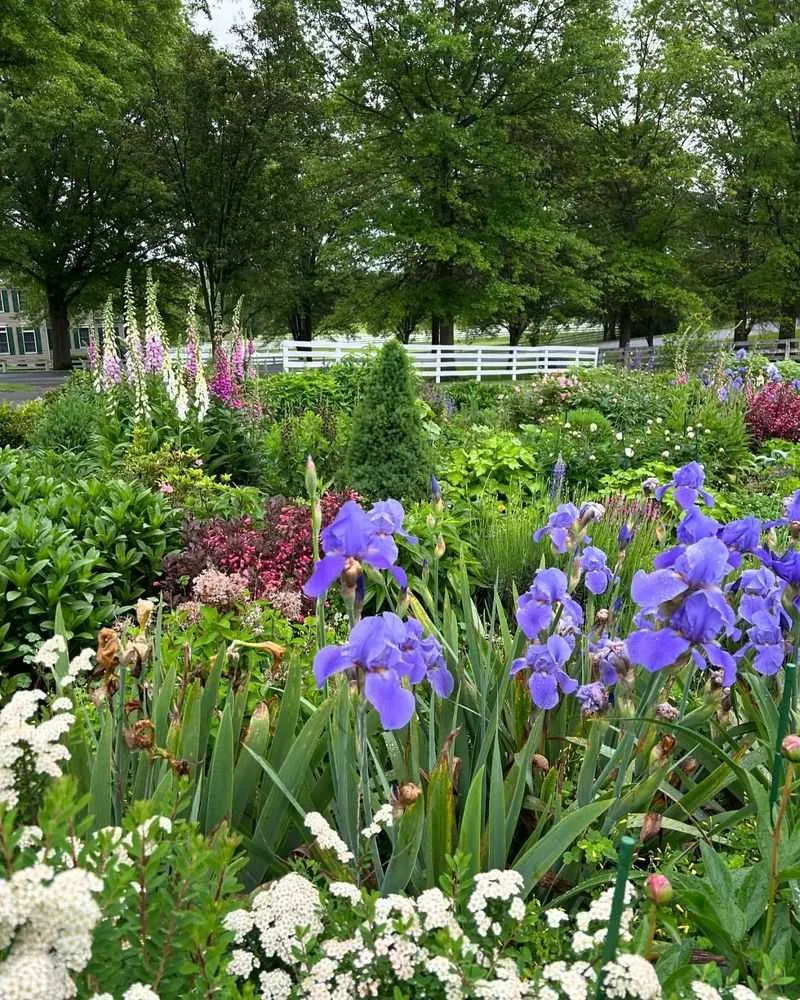
Planning your garden in advance can significantly enhance your gardening experience. Start by assessing last year’s successes and challenges to inform your choices. Consider crop rotation, companion planting, and seasonal blooms for a balanced ecosystem.
Take this time to order seeds or bulbs, ensuring you have the varieties you desire. As you sketch your layout, think about the colors and scents that will fill your garden. This activity brings the family together, fostering excitement and creativity. It’s not just about planning; it’s about envisioning the beauty to come.
Prune Trees and Shrubs
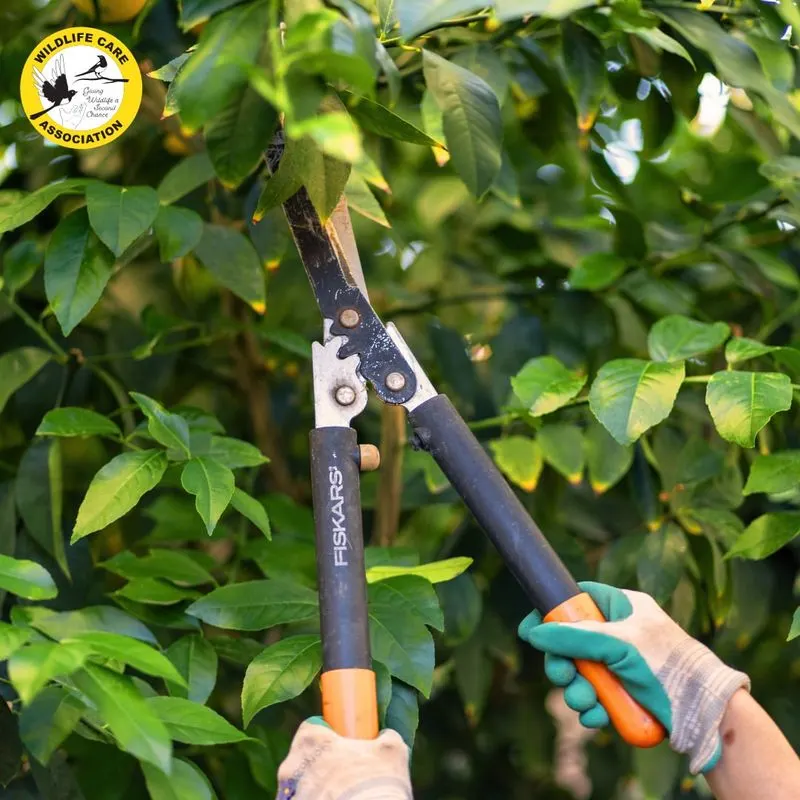
Pruning during dormancy helps trees and shrubs maintain their shape and health. Focus on removing dead, damaged, or crossing branches to improve air circulation and light penetration. This reduces disease risk and encourages growth in the spring.
Use the right tools to make clean cuts, promoting healing and robust regrowth. It’s a task that demands patience and attention to detail, but the benefits are well worth the effort. Your landscape will thank you with vibrant growth and structure come spring.
Protect Your Plants From Frost
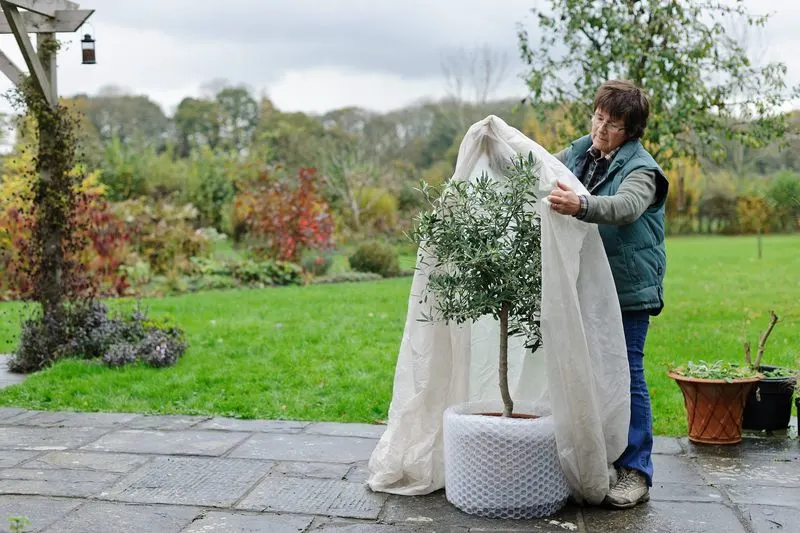
Winter frost can be harsh, but simple measures can protect your plants. Use frost cloths or old sheets to cover sensitive plants during cold snaps. Ensuring they’re securely anchored can prevent wind damage.
Consider moving potted plants to sheltered locations or using mulch to insulate the roots of in-ground plants. These steps provide a buffer against the cold, securing plant health. Taking these precautions can make a significant difference in plant survival through winter’s chill.
Feed the Birds
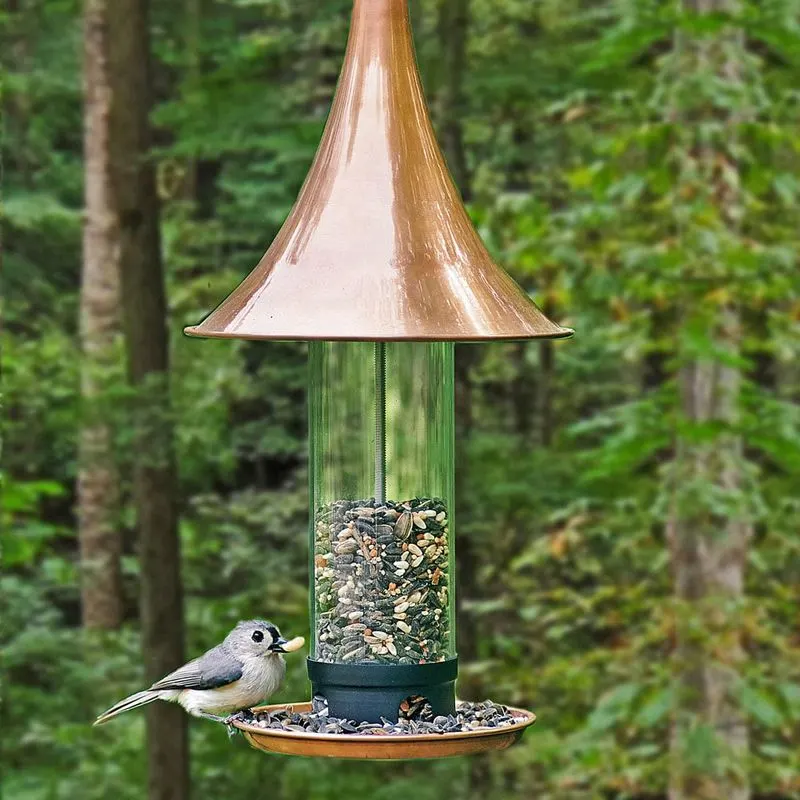
Birds can struggle to find food during winter. By providing feeders filled with seeds, you can support local bird populations. Place feeders in safe, sheltered locations to attract a variety of species.
Watching birds visit your garden adds charm and life, even in the bleakest months. It’s not just beneficial for the birds; it enhances your connection to nature. Taking part in this activity can be both rewarding and educational.
Start Composting
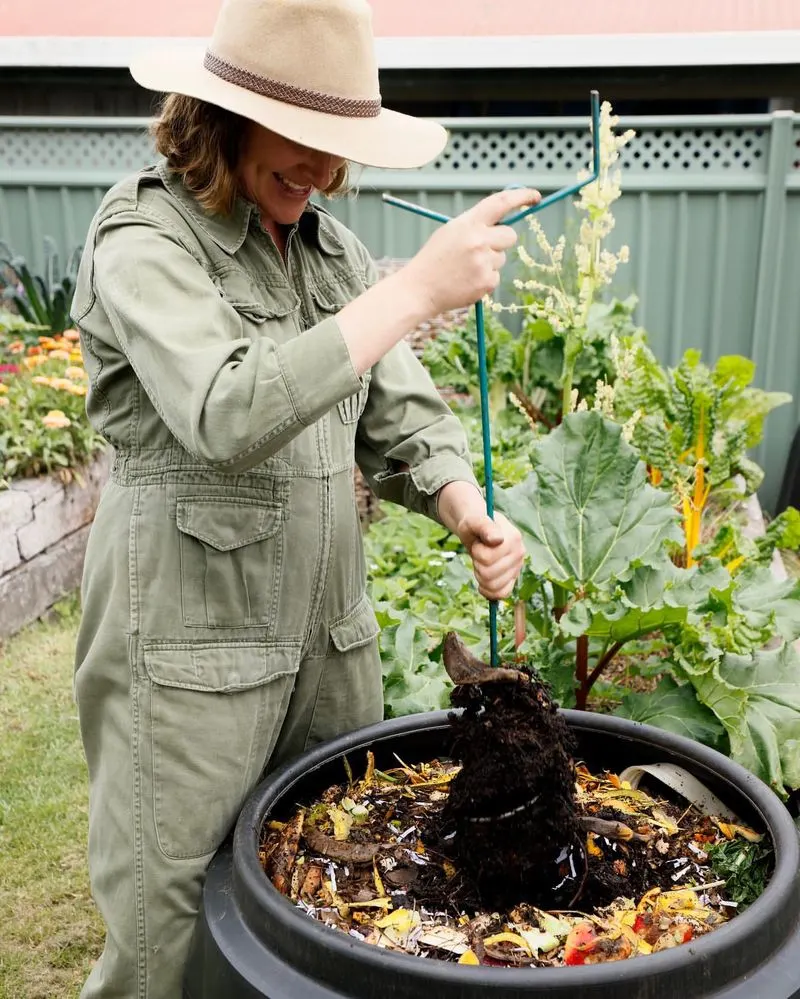
Composting is an invaluable practice that transforms kitchen scraps into nutrient-rich soil. January is a great time to start or enhance your composting efforts. Collect vegetable peelings, coffee grounds, and garden waste to create a balanced compost mix.
Turning the heap periodically accelerates decomposition, making it ready for spring planting. This eco-friendly practice reduces waste and enriches your garden. Composting not only supports sustainability but also boosts your garden’s vitality.
Inspect Indoor Plants
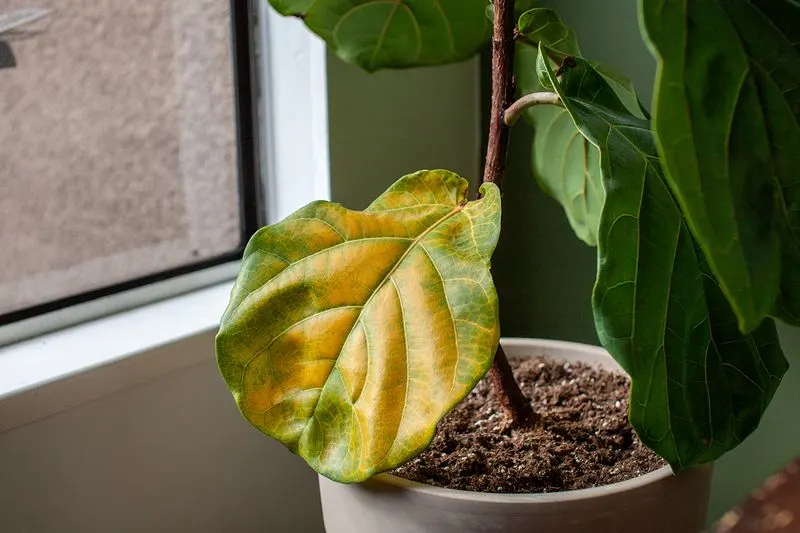
Indoor plants need attention too, especially during winter. Regularly inspect them for signs of pests or diseases, which can spread quickly in confined spaces. Adjust watering schedules to prevent overwatering and root rot.
Ensure they’re receiving adequate light by repositioning them as needed. This small effort will keep your indoor plants thriving and your living space vibrant. Taking time to care for indoor greenery is rewarding and maintains a fresh, lively home environment.
Organize Seed Storage
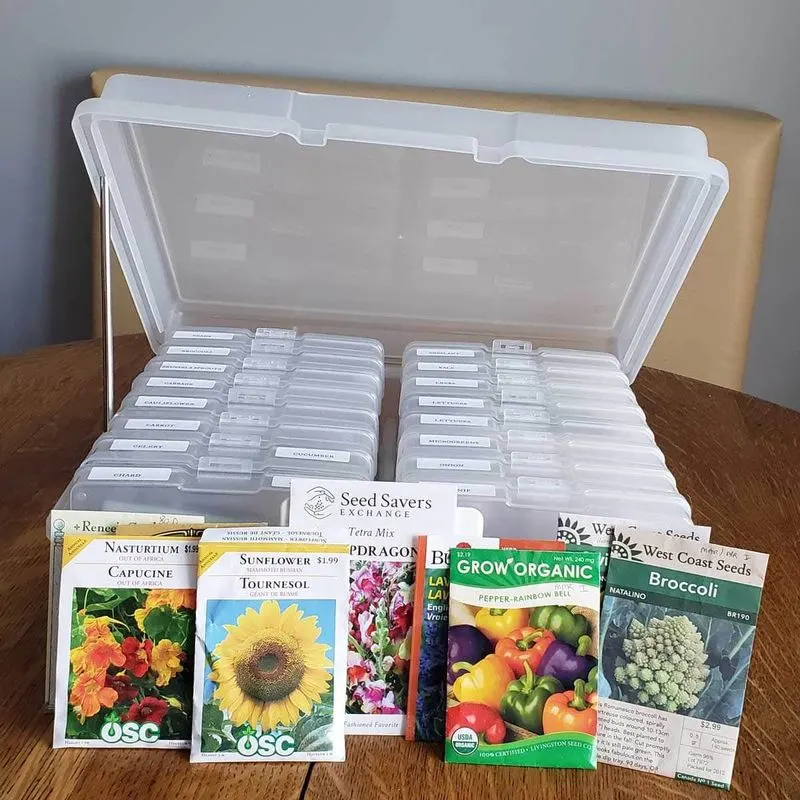
Proper seed storage ensures viability and vigor for future planting. Gather your seed packets and store them in a cool, dark place. Use airtight containers to protect them from moisture and pests.
Labeling and sorting by type or planting season can streamline your gardening process. This preparation fosters efficiency and readiness for the bustling spring months. It’s a simple yet impactful task that pays dividends when planting season arrives.
Test and Amend Soil
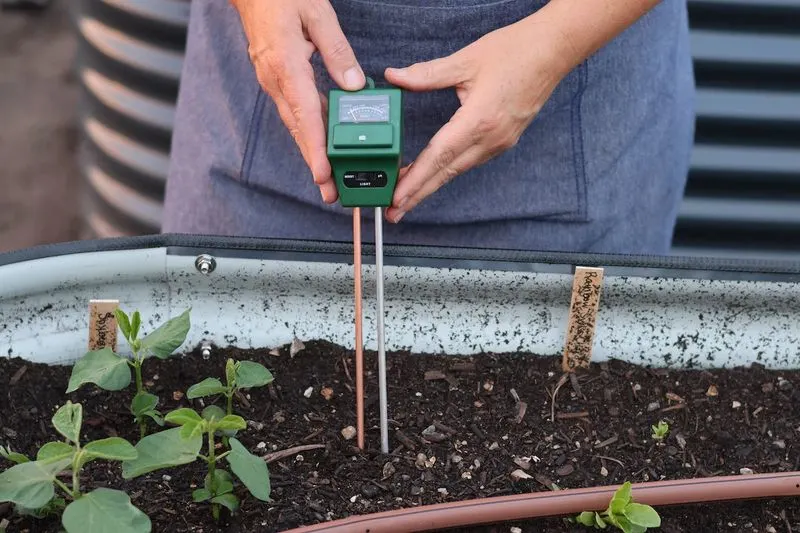
Understanding your soil’s composition is key to a thriving garden. A soil test reveals nutrient deficiencies and pH imbalances, guiding amendment decisions. Use the results to add organic matter, lime, or sulfur as needed.
Amending the soil in January gives it time to integrate before planting. This proactive approach leads to healthier plants and better yields. Tailoring your soil’s composition now sets the foundation for a robust garden.
Set Up a Rainwater Collection System
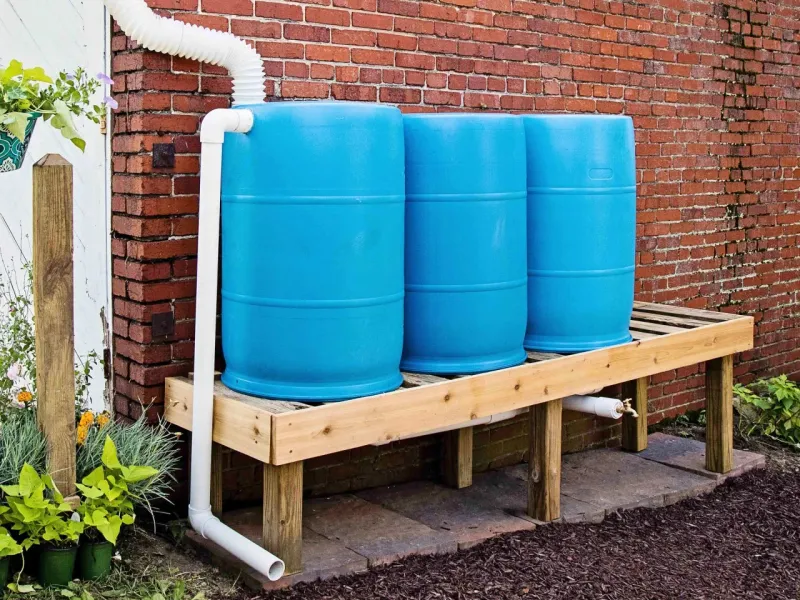
Conserving water is both eco-friendly and economical. Installing a rainwater collection system in January prepares you for drier months ahead. Position barrels strategically under downspouts to maximize collection.
Rainwater is ideal for plants, free of chemicals found in tap water. This system reduces water bills and promotes environmental stewardship. Starting this project now ensures you’re ready for the rainy season, turning precipitation into a valuable resource.

